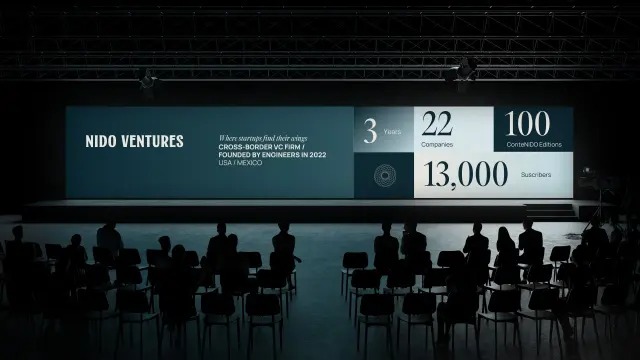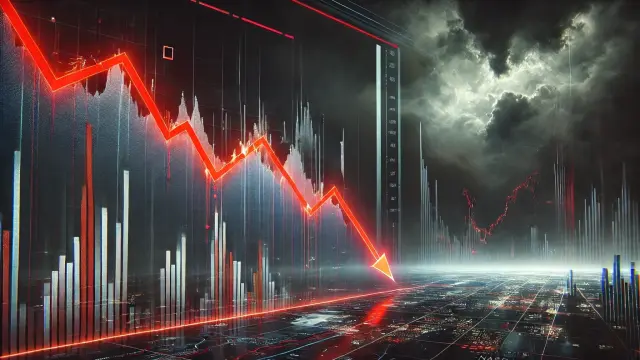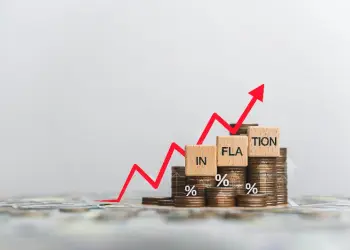Google Chrome Adds Native WebGPU Support
Google Chrome now supports WebGPU natively, enabling faster graphics and compute capabilities in the browser and marking a leap forward for web-based 3D and AI apps.
WebGPU in Chrome Live
Introduction of WebGPU in Chrome
-
Google has rolled out native WebGPU support in Chrome across all major platforms (Windows, macOS, and ChromeOS).
-
This enables direct access to the user’s GPU from the browser, facilitating significantly improved graphics and compute performance.
Why WebGPU Matters
-
WebGPU is the next-gen graphics API for the web, succeeding WebGL and WebGL2.
-
It offers better performance, modern GPU capabilities, and more efficient memory and thread management.
Key Benefits for Developers
-
Developers can build real-time 3D games, physics simulations, and AI-powered visualizations that run directly in the browser.
-
Reduced CPU overhead and improved parallelism for computational tasks.
-
Supports machine learning models directly in the browser without relying on cloud compute.
Cross-Platform Availability
-
Currently available on:
-
Chrome 121+ (Stable channel)
-
Windows (Direct3D 12), macOS (Metal), and ChromeOS (Vulkan)
-
Planned future support for Linux and Android.
Security Considerations
-
WebGPU uses a permission model to prevent unauthorized access to GPU hardware.
-
Google emphasizes sandboxing and safety to protect end-user systems from abuse.
Impact on Web-Based Applications
-
Will revolutionize browser-based game engines, 3D modeling tools, and ML apps.
-
Web developers can now tap into near-native performance for complex applications.
Example Use Cases
-
Games: Next-gen 3D games with enhanced rendering fidelity.
-
AI: Run on-device ML tasks like face recognition, object tracking.
-
Tools: CAD and design tools with smooth interaction and real-time rendering.
Community and Ecosystem Response
-
Developers and open-source projects are already integrating WebGPU into tools like Babylon.js, TensorFlow.js, and Unity WebGL.
How to Enable WebGPU (if not yet available)
-
Visit chrome://flags
-
Search for WebGPU
-
Enable it and restart the browser.
What’s Next?
-
Ongoing improvements in developer tooling and support.
-
Wider adoption expected across Firefox and Safari in the coming year.
-
Google encourages feedback and experimentation through Chrome DevTools.
































